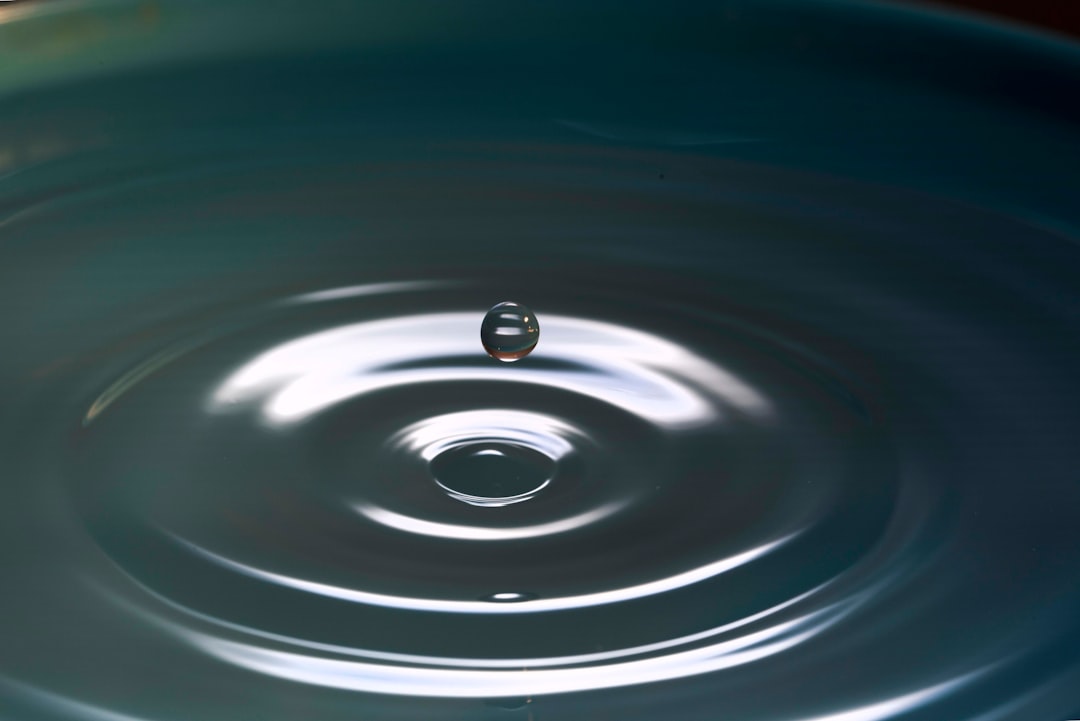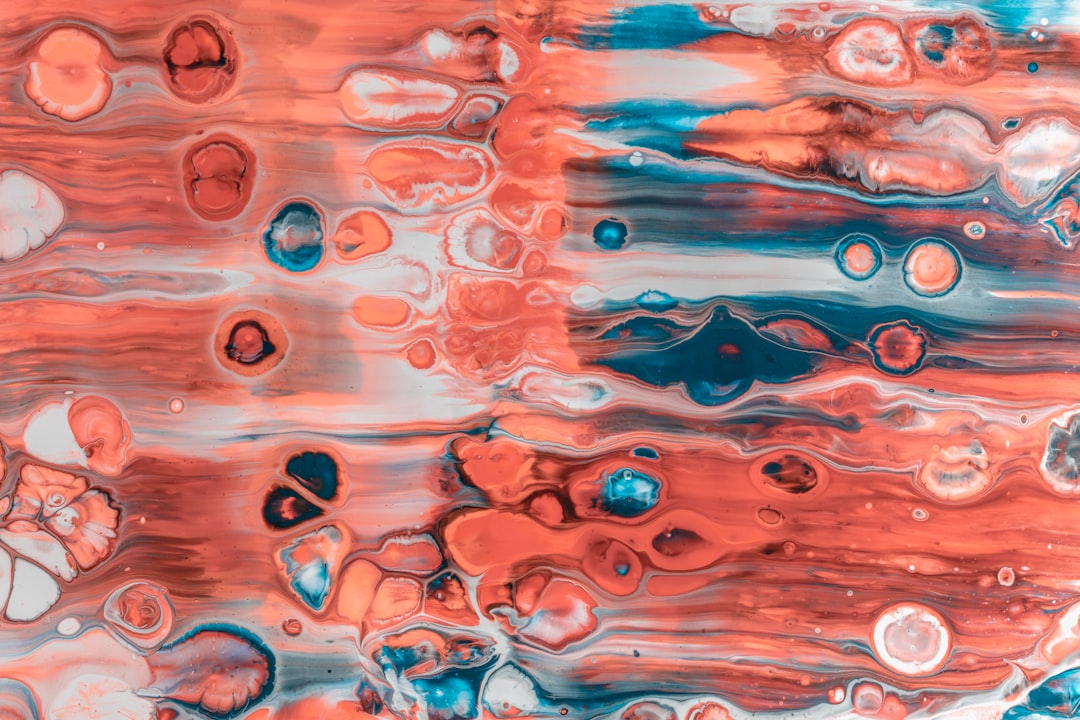What is it about?
Small animals living in the seafloor of the Baltic Sea, such as clams and polychaete worms, increase methane fluxes from the sea bottom to the overlying water. The study also detected and quantified methanogenesis (microbial production of methane) in the gut of clams.
Featured Image
Why is it important?
Methane is a potent greenhouse gases that may contribute to climate change. It has been shown that coastal and estuarine areas are important methane sources, but the relative contribution to methane production by small invertebrates inhabiting the seafloor has been largely overlooked until this study was performed.
Read the Original
This page is a summary of: Methane fluxes from coastal sediments are enhanced by macrofauna, Scientific Reports, October 2017, Springer Science + Business Media,
DOI: 10.1038/s41598-017-13263-w.
You can read the full text:
Resources
Contributors
The following have contributed to this page










